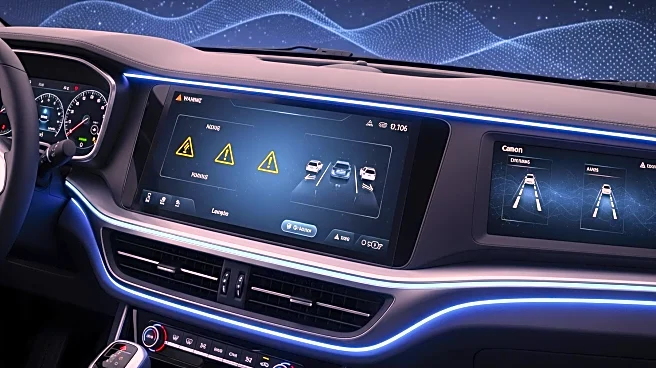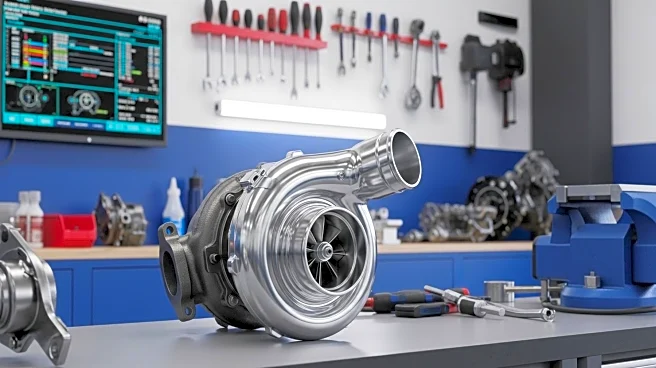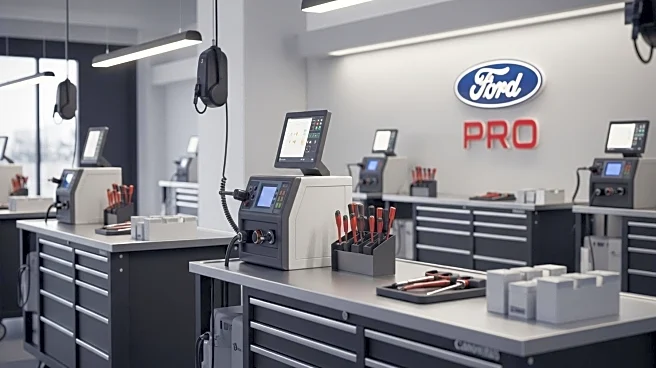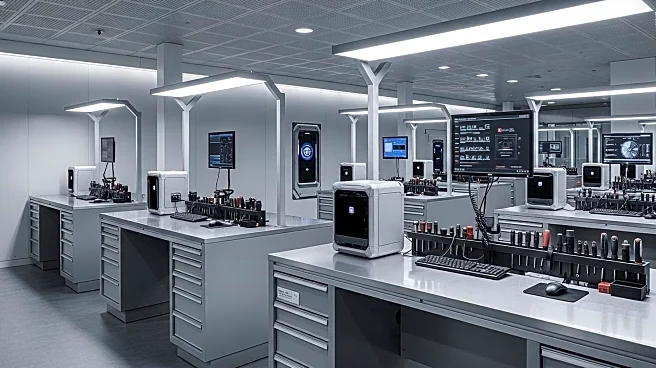What is the story about?
What's Happening?
Fleet safety is being enhanced through the integration of advanced driver assistance systems (ADAS) and comprehensive driver training programs. These systems, which include features like collision mitigation, lane departure warnings, and adaptive cruise control, are becoming standard in fleet vehicles. The emphasis is on not only equipping vehicles with these technologies but also ensuring drivers are well-trained in their use. Continuous training and reinforcement of safe driving practices are crucial, with management playing a key role in promoting a culture of safety.
Why It's Important?
The focus on fleet safety is crucial for reducing accidents and improving overall road safety. By leveraging technology and data from telematics, fleet operators can monitor driver behavior and provide targeted coaching. This approach not only enhances safety but also reduces operational costs associated with accidents and vehicle maintenance. The commitment to safety can also improve a company's reputation and employee satisfaction, as drivers feel more supported and valued. The broader impact includes potential regulatory benefits and alignment with industry safety standards.
Beyond the Headlines
The integration of ADAS and ongoing driver training reflects a shift towards a more proactive approach to fleet safety. This trend could lead to long-term changes in how fleet operations are managed, with a greater emphasis on data-driven decision-making and continuous improvement. The ethical implications of monitoring driver behavior also raise questions about privacy and the balance between safety and personal freedom. As technology continues to evolve, the industry may see further innovations that enhance safety while addressing these concerns.
AI Generated Content
Do you find this article useful?














